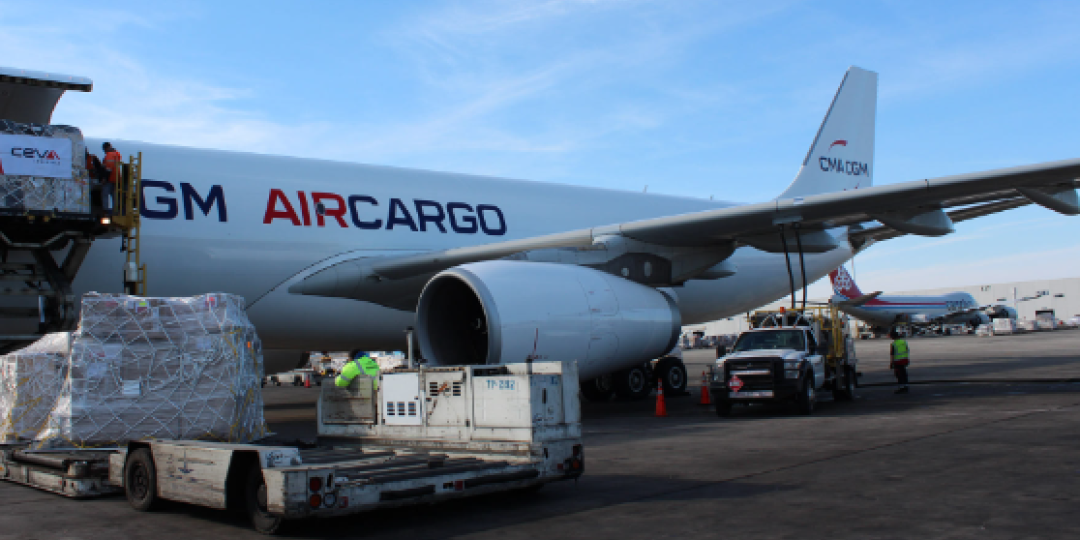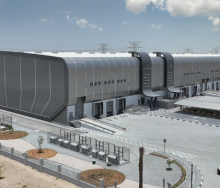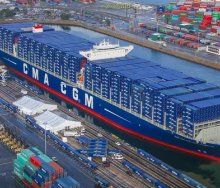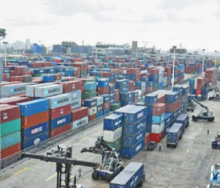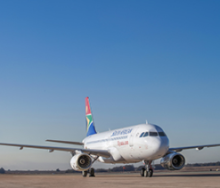Air cargo freight forwarders should buckle up ahead of 2024’s last quarter (Q4) as the industry is in for a bumpy ride, with Black Friday in November fast approaching.
Speaking at the EU Cross-Border E-Commerce Forum in Liege, DSV airfreight executive Steffan Krikken said expected capacity shortfalls could see general cargo and express parcel shippers compete for available space while airlines push rates to profit from spiking demand.
Contributing to the expected jockeying for available capacity is the ongoing impact of sea freight disruption in the Red Sea on Europe-Asia trade, and the rising trend of adding an alternative supply chain source out of Asia, known as ‘China-plus-one’.
Krikken said capacity constraints had never been as bad as they were currently, over a 15-year period.
His views align with those of Garry Marshall, CEO of the South African Express Parcel Association, who told a supply chain gathering at the recent Sapics Spring Summit that an e-commerce avalanche was building as the year rolled into Q4.
He likened it to an “unstoppable tsunami” of demand driven mainly by e-commerce.
South Africa’s express freight industry, he said, was gearing itself to handle about 240 000 parcels as the country approached Black Friday, a significant increase from the 1 000 or so parcels local importers handled every day.
Echoing Marshall’s sentiments, Krikken said the scramble for space to meet airfreight demand was going to blow expectations out of the water.
DSV competitor DB Schenker indicated that its clients could expect peace of mind through block-space arrangements, said Asok Kumar, Krikken’s peer at the multinational freight forwarder.
Understanding current airfreight dynamics requires some perspective on the year in review so far.
An airfreight correspondent based in Europe reports that global air cargo capacity rose 7% year-on-year in August, while demand softened, leading to a decline in the global load factor.
In Q1, air cargo demand growth slowed after a busy start to the year, with capacity additions affecting the dynamic load factor.
While air freight demand was surprisingly resilient in the first three months of the year, growing over 11% for three consecutive months, the market is expected to face downward pressure on load factors and rates as more capacity comes online.
Generally speaking, “The air freight market has seen a mismatch between capacity and demand in recent months, with capacity growth outstripping demand, putting pressure on load factors and leading to a rates increase.”
Krikken has reason to believe that the expected rates increase will be unlike anything seen before, or, to quote him in a word – “unprecedented!”
And although it’s an often-used expression to describe the kind of supply chain disruption that arose from the Covid pandemic, this view is shared by many in the industry.
Market intelligence platform Xeneta reports that specific routes, particularly from Asia, have seen significant price increases. For instance, rates from China to the US have climbed 70% since early August.
According to service provider Cargo Finnair, transport hubs are expected to experience significant increases in freight rates, potentially reaching a 100% rise according to the assessments of logistics experts looking at Black Friday projections.
This surge is attributed to heightened demand for air cargo services as retailers ramp up shipments to meet consumer demand. – Compiled by Eugene Goddard & various sources.
